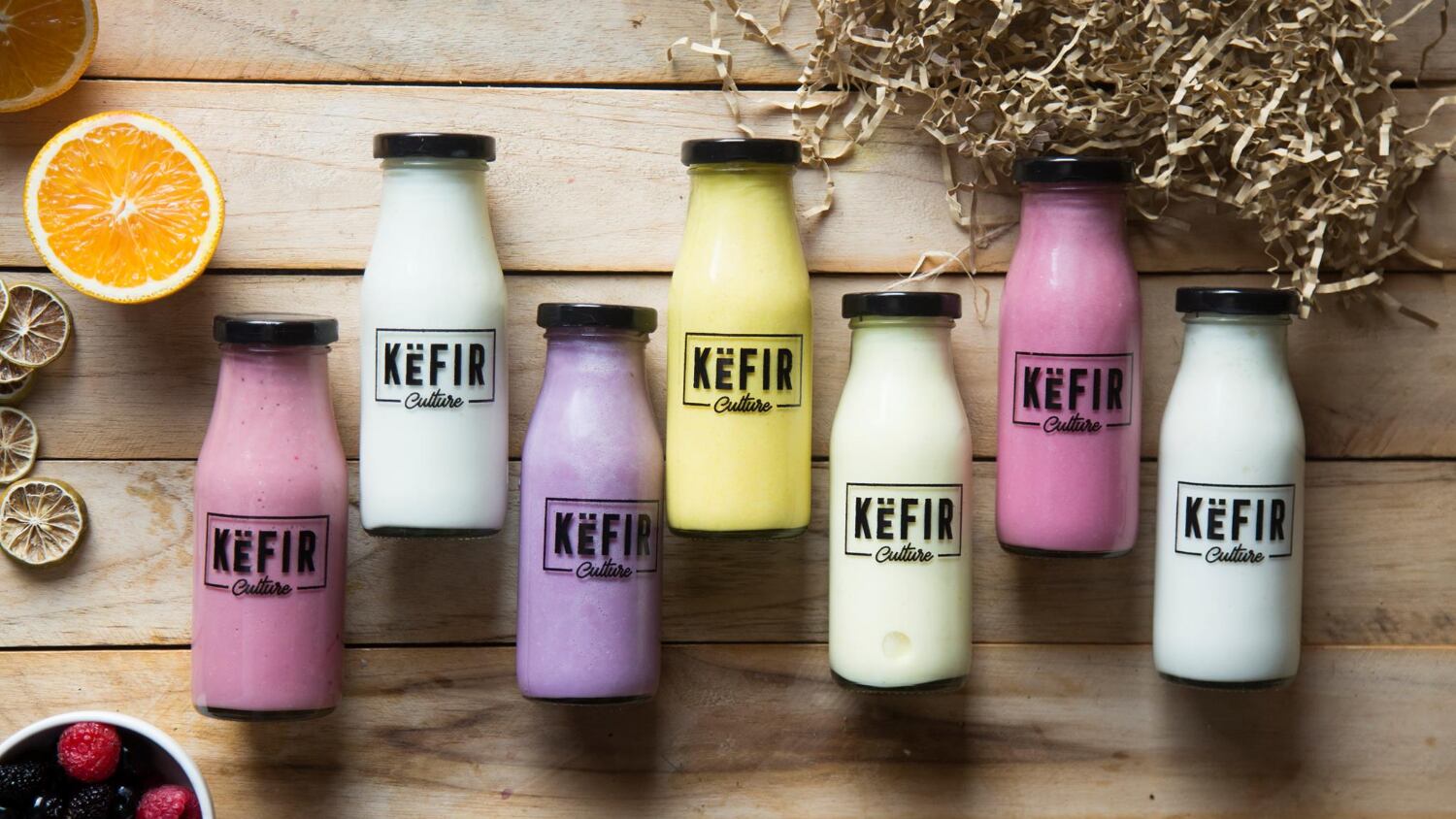The start-up, founded by Ricky Marfatia and Aakanksha Patel, has developed a range of kefir milkshakes enriched with probiotics to boost digestive health.
According to the duo, they eschewed the more popular yoghurt format (despite its gut-friendly reputation) for the lesser-known kefir — which has a similar consistency — as it is supposedly even more beneficial for gut health.
Its multiple types of yeast and species of bacteria tend to remain in the gut for a longer time, colonising the gut microbiome to improve digestive health. Kefir is also 99% lactose-free, making it suitable for lactose-intolerant consumers.
Founders' formulation
Since the start of 2019, Marfatia and Patel have been working on a kefir milkshake formulation, with the intention of 'redefining' how probiotics are consumed by providing greater gut health benefits via a popular beverage format.
Speaking to NutraIngredients-Asia, Patel said: "We use kefir grains to ferment our milk, which converts it into kefir smoothies. This process allows over 30 to 40 strains of probiotics to be released into the milk, including the essential strains of Lactobacillus and Bifidobacterium.
"We use locally sourced organic cow's milk and ferment it for 24 to 48 hours using our home-grown kefir grains. This process thickens the milk, making it a lot like a drinkable yoghurt (in consistency), while being much more powerful than any yoghurt due to its probiotic content."
In addition to the cow's milk — which comes from a farm in Maharashtra — the majority of Kefir Culture's raw materials are sourced in India.
Patel added that the products were made by hand, due to kefir requiring live bacteria and yeast to be produced.
Currently, the milkshakes come in nine different flavours, including mango, blueberry, maple cinnamon and honey vanilla.
Distribution and demand
"The two key challenges we faced were cold-chain logistics and the unorganised retail sector in India," said Patel.
She and Marfatia have since gotten around the first issue by moving the firm's cold-chain logistics in-house, and now distribute Kefir Culture's products across Mumbai and its neighbouring districts.
Customers can also order the products on Kefir Culture's website, where they have the option of paying for a monthly, quarterly or yearly subscription model.
Patel said, "We retail in several supermarkets in India, including Nature's Basket, The Farmer's Store, Scootsy and Shophop.
"We are still only in one city in Mumbai, but the idea is to first move across India, and then overseas. Our main goal is to cover Maharashtra entirely by the next quarter, then branch out to Delhi and Bengaluru by the end of the year."
In terms of India's retail market, Kefir Culture has chosen to tap into the emerging trend known as the 'super consumer', who is typically between 28 and 42 years of age, with a high disposable income and a keen interest in health and nutrition.
Patel added that Kefir Culture's 'immediate plan' was to increase category awareness by educating consumers on kefir and its health benefits.
In order to achieve this, she said, the firm would use "PR, affiliate programmes via nutritionists and doctors, trade shows and pop-ups".
"In our opinion, the category comes first and if we grow the category, the product and brand are likely to grow with it."
Financials, formats, and the future
So far, the firm seems to have latched onto a lucrative market segment, with a recurring customer base of 70% and growing monthly sales.
In February this year, its second month of business, Kefir Culture reported sales in excess of ₹250,000. Within the next six months, the company hopes to generate approximately ₹750,000 in sales, and predicts a growth rate of 40% to 45% by end-2019.
In addition, Marfatia and Patel have said external funding is on the cards for the next financial year, though they did not reveal any further details.
Kefir Culture also plans to ramp up employment, growing its staff numbers from the current total of a mere 25 to between 125 and 150 by the end of 2020.
Patel further revealed that the company's kefir formulation would be launching in a variety of different formats soon.

